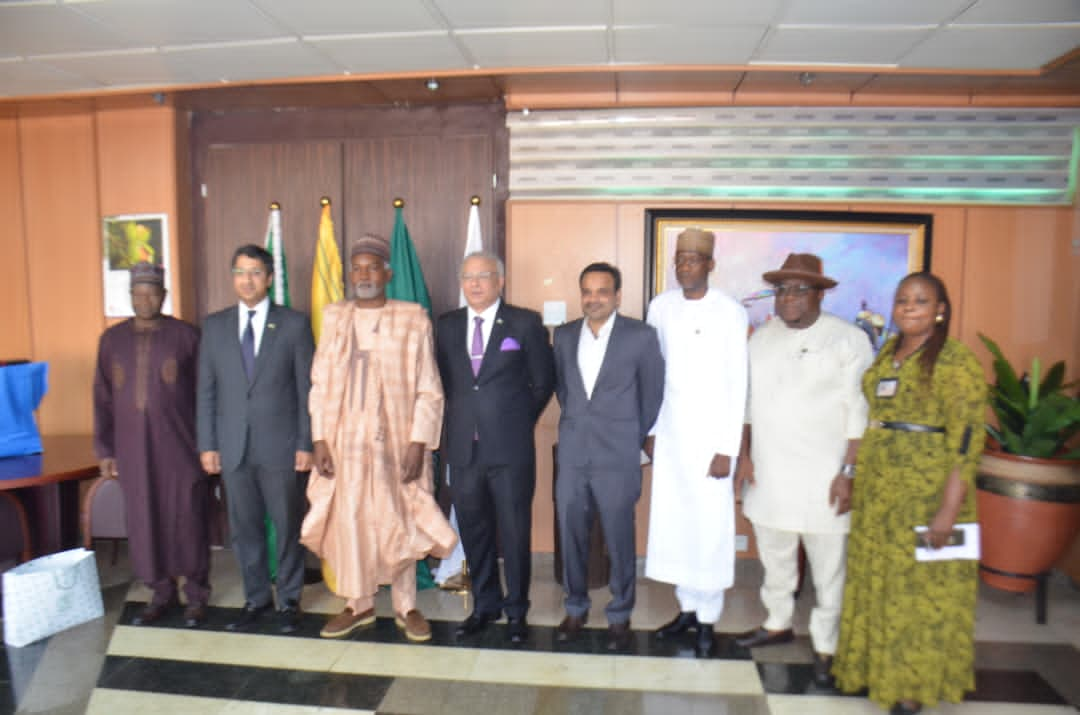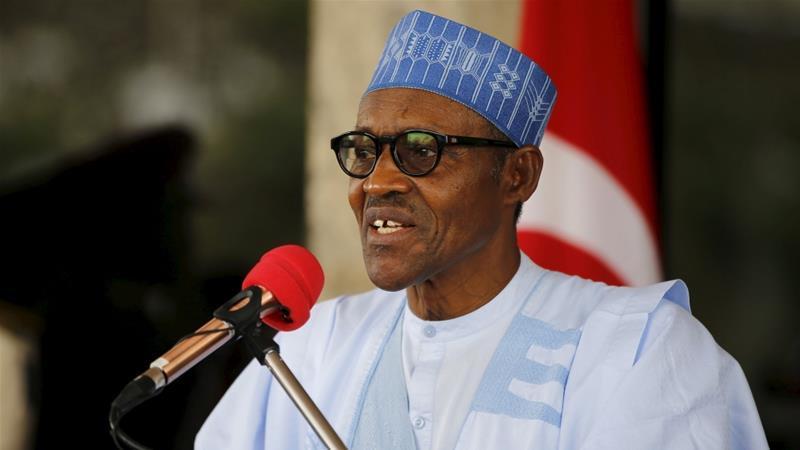Foreign news
Chinese scientists generate Turkish earthquake relief analysis for UN
The United Nations Satellite Centre (UNOSAT) has activated its emergency mapping service in quake-hit areas in Türkiye to aid relief efforts.
A research team from central China’s Wuhan University was invited to map the lights in the areas at night using remote sensing data to help better analyze disaster situations in different areas and allocate relief resources.
Li Xi, a professor at the State Key Laboratory of Information Engineering in Surveying, Mapping and Remote Sensing at Wuhan University, together with his team, provided remote sensing data of the quake-hit areas to UNOSAT.
The initial assessment results, disrupted by rain and snow, show that the lighting reduction ratio is over 90 percent, 50 percent and 70 percent in Hatay, Kahramanmaras and Adiyaman, respectively.
The results indicate that the power and other infrastructure losses in the disaster-stricken areas are serious.
“In the past, it was generally believed that the closer the area was to the epicenter, the greater the loss. In fact, this did not take into account the different disaster resistance capabilities of different areas,” said Li.
The changes in the lights can directly reflect the scale of damage in different cities and can be used to assess disaster resistance capabilities. In the case of resource shortages, it can play an important role in the formulation of more targeted rescue strategies, Li added.
Generating data via satellites
Li’s team analyzed satellite data, which is updated every day, combining macro and micro observations. They used China’s high-resolution satellites to carry out the high-precision monitoring of lights in affected areas at night.
Earth science satellite SDGSAT-1, developed by the Chinese Academy of Sciences, provided pre-disaster data for researchers to compare with the post-disaster conditions.
In addition, commercial space telescope Yangwang-1, developed by Origin Space Technology Co., Ltd., and micro-nano satellite QMX-1, developed by Wuhan University, have been employed.
Besides observing lights through high-resolution satellites at night, the team also took help from Suomi-NPP, a U.S. meteorological satellite, to obtain data with longer timeframe and broader range, and to analyze the light trends.
The team reported analysis results to UNOSAT, the World Food Program and other agencies. The results could be used to help formulate relief policies and monitor the progress of post-disaster reconstruction.
“The data may help policymakers analyze the disaster situations in different areas and allocate relief resources better,” Li said.
“We’ve been involved since the day after the earthquakes, and we will be tracking and observing the area for the coming months or even years.”
Team mission
Currently, Li’s team and UNOSAT are collaborating under the pilot initiative “Night-Time Light Remote Sensing for Sustainable Development Goals” from the Group on Earth Observations.
The initiative aims to quantify the progress of several indexes related to the 2030 Sustainable Development Goals using night-time light data.
Since 2012, Li’s team has been engaged in the research field of luminous remote sensing, assessing impact of humanitarian disasters with related data.
Their previous researches in Syria, Yemen and other places have proved that changes in nighttime lights can be used to assess humanitarian disasters efficiently, serving the United Nations Security Council and other agencies for multiple times.
(With input from Xinhua)
Foreign news
Pakistan Moves to Deepen Diplomatic, Economic Relations With Nigeria

The Government of the Islamic Republic of Pakistan has called for deeper diplomatic and economic ties with the Nigerian government to foster development for both countries.
Mr Rana Ihsaan, the Coordinator to the Prime Minister of Pakistan made the call in an interview with the News Agency of Nigeria (NAN) during his working vist to Nigeria on Wednesday in Abuja.
NAN reports that the visiting Coordinator held a closed-door meeting with Yusuf Tuggar, the Minister of Foreign Affairs.
After the meeting, he said that both both sides had agreed on deepening relations in the areas of trade and commerce, among others.
Ihsaan said that both countries must see the need to accelerate efforts towards a Bilateral Trade Agreement (BTA).
He said that Pakistan had already submitted a draft BTA and was awaiting Nigeria’s response.
According to him, discussions centered on easing visa processes, expanding educational exchanges, and strengthening Cooperation in sectors such as Minerals, Youth training, and Defence were highlighted.
Ihsaan said that Pakistan had already implemented visa-on-arrival for Nigerians at no cost, and urged Nigeria to reciprocate to enhance people-to-people ties.
He stressed the importance of high-level engagements between both nations, describing Nigeria and Pakistan as very similar countries with large populations, youthful demographics, and vast economic potentials.
“Deeper collaboration will unlock opportunities in trade, education and investment, while further solidifying long-standing diplomatic relations,” he said.
He said that aside from visiting the foriegn Minister and other top government officials in Nigeria, he was also in the country to attend the on-going West Africa Beauty Exhibition holding in Lagos.
He described the exhibition as one of the continent’s largest cosmetic fairs, adding that he led a delegation of 19 Pakistani business people exploring Nigeria’s estimated 10 million dollar beauty and cosmetics market.
Ihsaan said that Nigeria was a gateway to Africa, adding that Pakistani products, like cosmetics, Textiles, Pharmaceuticals, Food items and Sports goods were already gaining traction in the country.
He encouraged Pakistani exhibitors to establish offices, Warehouses and logistics partnerships to strengthen their foothold in the Nigerian market.
Ihsaan further addressed concerns from Nigerian businesses on the ease of doing business in Pakistan.
He said that the Trade Development Authority of Pakistan had been supporting Nigerian participants at major exhibitions to achieve the ease of doing business.
“The Special Investment Facilitation Council (SIFC) serves as a one-stop platform for Nigerians interested in investing in Pakistan,” he said
Culled from NAN
-

 Featured6 years ago
Featured6 years agoLampard Names New Chelsea Manager
-

 Featured6 years ago
Featured6 years agoFG To Extends Lockdown In FCT, Lagos Ogun states For 7days
-

 Featured6 years ago
Featured6 years agoChildren Custody: Court Adjourns Mike Ezuruonye, Wife’s Case To April 7
-

 Featured6 years ago
Featured6 years agoNYSC Dismisses Report Of DG’s Plan To Islamize Benue Orientation Camp
-

 Featured4 years ago
Featured4 years agoTransfer Saga: How Mikel Obi Refused to compensate me After I Linked Him Worth $4m Deal In Kuwait SC – Okafor
-
Sports3 years ago
TINUBU LAMBAST DELE MOMODU
-

 News11 months ago
News11 months agoZulu to Super Eagles B team, President Tinubu is happy with you
-
Featured6 years ago
Board urges FG to establish one-stop rehabilitation centres in 6 geopolitical zones
